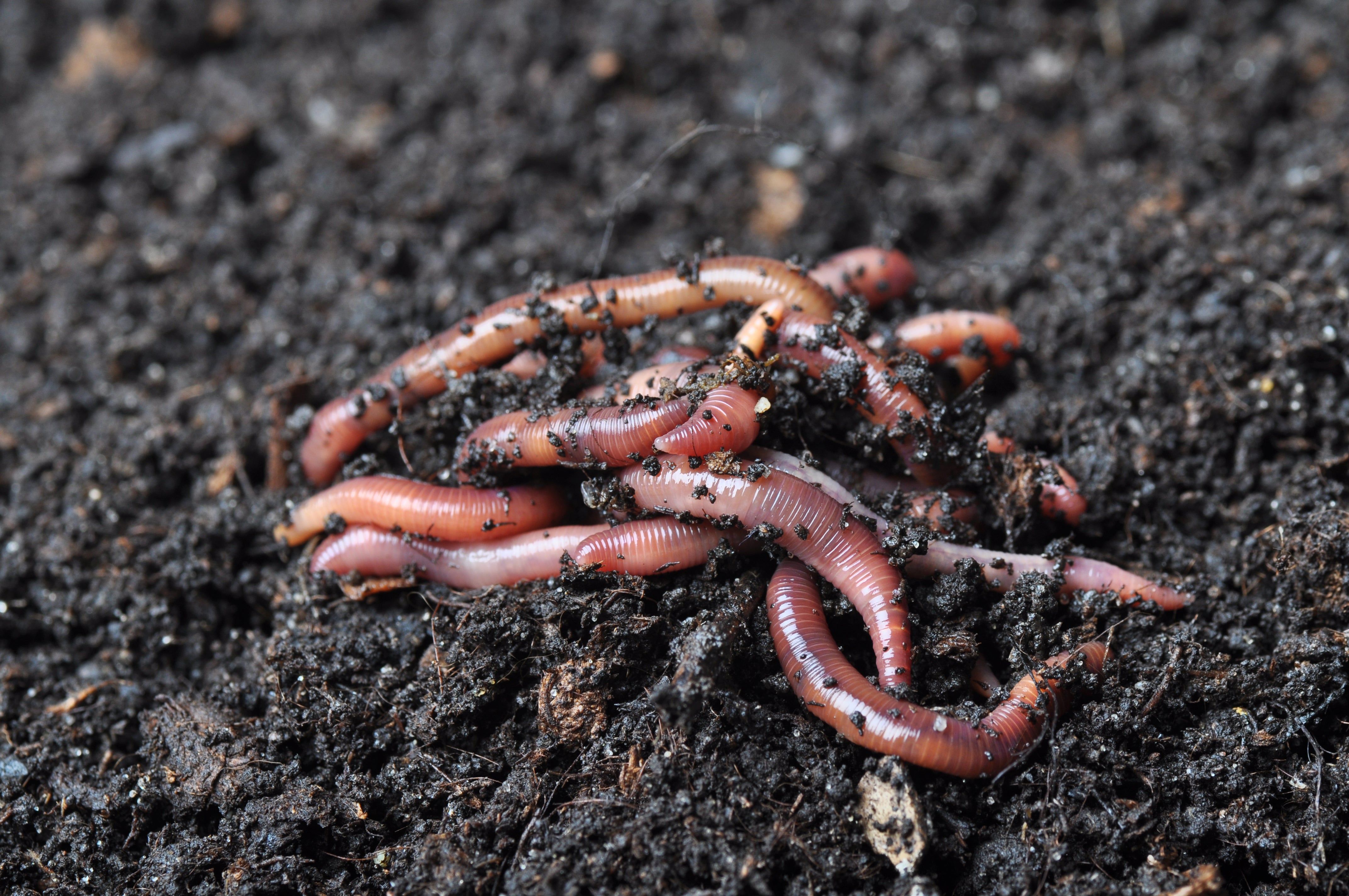The Extraordinary World of Red Wigglers: Increase Your Dirt Fertility Today
These small yet reliable organisms transform natural waste into useful worm spreadings, considerably boosting soil health and wellness and advertising sustainable methods. As we discover the benefits of vermicomposting and the functional actions to create an efficient worm container, the possible impact of these worms on your gardening success comes to be increasingly apparent.
Understanding Red Wigglers
Red wigglers, scientifically understood as Eisenia fetida, are a varieties of earthworm that play a vital function in improving soil fertility. These worms prosper in organic-rich atmospheres, such as compost heap and rotting plant material, where they eat organic waste and secrete nutrient-dense castings. Their unique anatomy, including a segmented body and a clitellum, allows them to duplicate swiftly and successfully procedure large amounts of natural issue.

The environmental relevance of red wigglers prolongs beyond mere waste handling; they add to the soil food internet, fostering a diverse neighborhood of bacteria that further boost dirt health and wellness. Understanding the biology and actions of red wigglers is necessary for harnessing their complete possibility in sustainable farming and gardening techniques.
Advantages of Vermicomposting
(Red Wiggler Express)Using the power of red wigglers with vermicomposting offers countless advantages that significantly improve soil health and wellness and fertility. Among the primary advantages is the manufacturing of nutrient-rich worm castings, which are an outstanding natural plant food. Red Wiggler Express. These spreadings include important nutrients like nitrogen, phosphorus, and potassium, promoting durable plant development and boosting crop yields
In addition, vermicomposting improves soil framework and oygenation. The visibility of worm castings boosts soil texture, enabling much better water retention and water drainage. This balanced wetness level is important for origin development and the total health and wellness of plants. In addition, red wigglers assist break down raw material, speeding up disintegration and recycling nutrients back into the dirt.
Vermicomposting likewise cultivates microbial activity, which is essential for a healthy soil environment. Beneficial microorganisms thrive in the existence of worm castings, assisting in the failure of natural products and enhancing nutrition availability to plants.
Finally, vermicomposting works as an effective waste administration remedy, lowering land fill waste by recycling kitchen scraps and various other natural products. This not just contributes to ecological sustainability yet additionally advertises a circular economy within horticulture and agriculture.
How to Establish a Worm Bin
Setting up a worm bin is a simple procedure that can significantly improve your composting initiatives. Begin by choosing an appropriate container, which can range from a readily offered worm bin to an easy plastic or wood box (Red Wiggler Express). Make certain the container has sufficient air flow; little holes in the lid and sides will certainly help with air blood circulation
Next, produce a bed linen layer to provide a comfortable setting for the red wigglers. This can be made from shredded newspaper, cardboard, or coconut coir, moistened to a damp, sponge-like consistency. Load the bin to about one-third complete with this bedding material.
When the bedding is prepared, it's time to introduce the worms. Red wigglers prosper in natural waste, so place them gently onto the bed linen. Cover the worms with a light layer of additional bedding to help them adjust.
Feeding Your Red Wigglers
Providing the ideal food for your red wigglers is crucial for their wellness and the effectiveness of your composting system. Red wigglers thrive on a varied diet, mostly including organic materials such as fruit and veggie scraps, coffee grounds, and shredded paper. These materials not just give vital nutrients but additionally add to the microbial task in the worm bin, which is vital for the worms' digestion.
It is essential to prevent particular foods, such as milk products, oils, and meats, as these can bring in pests and create undesirable odors. In addition, citrus peels and overly hot foods need to be restricted because of their possible to harm visit the website the worms. A well balanced method to feeding involves keeping an eye on the amount of food introduced to the bin, ensuring that it is consumed within a practical time framework to avoid excess waste build-up.
To advertise ideal food digestion, it is valuable to chop or shred larger food things before including them to the container. This technique increases the area for microbial action, facilitating quicker disintegration and improving the overall efficiency of your composting system. On a regular basis observing the worms' feeding behaviors will certainly help you readjust their diet as essential.
Using Worm Castings in Your Yard

(Red Wiggler Express)Including worm spreadings right into your garden can be achieved by mixing them right into the soil or using them as a top clothing. The slow-release nature of these castings ensures that nutrients are offered to plants over a prolonged period, reducing the need for synthetic plant foods. In addition, worm spreadings have advantageous microbes that promote healthy and balanced dirt ecosystems, improving the overall strength of your garden.
To make best use of the benefits, goal to use around one part worm castings to three components soil in your growing beds. Normal applications can result in boosted crop yields and healthier plants, making worm spreadings an indispensable source for both newbie and seasoned garden enthusiasts alike. By using this natural change, you can cultivate a flourishing garden while adding to lasting gardening methods.
Final Thought
In verdict, red wigglers exemplify the crucial role of vermicomposting in improving soil fertility. Their capacity to transform organic waste into nutrient-rich spreadings dramatically enriches soil structure and sustains microbial variety.